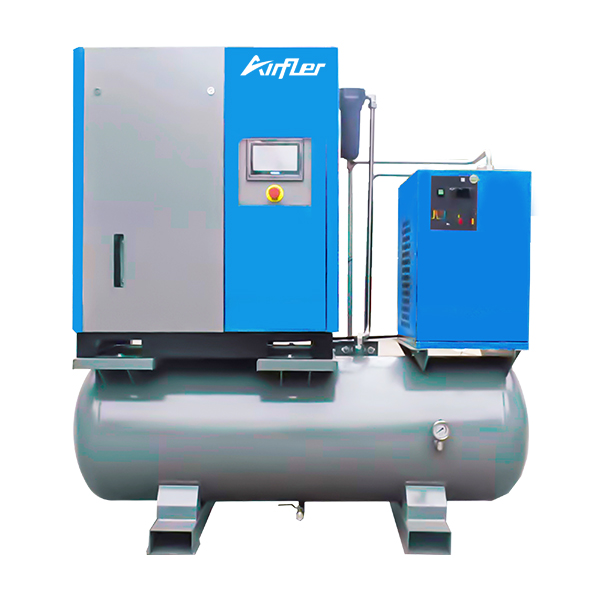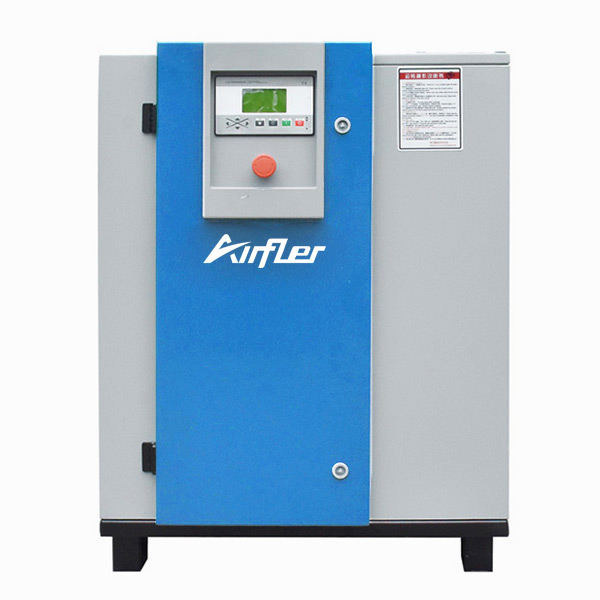1. Visual Inspection of Filter Element Condition
Excessive Dust Buildup:
Remove the filter and check for thick dust or oil sludge on the surface. Clean or replace immediately if dust accumulation exceeds 1/3 of the filter material’s thickness.Oil Contamination:
In oily or mist-prone environments, if the filter becomes sticky, clumped, or loses light permeability (opaque under light), deep cleaning or replacement is required.
2. Monitor Abnormal Equipment Operating Parameters
Increased Pressure Differential:
Check the pressure gauge at the filter’s inlet/outlet. If the differential exceeds the manufacturer’s specified limit (typically ≥0.5 bar), the filter is clogged.Reduced Airflow:
A drop in exhaust volume or extended inflation time indicates increased filter resistance.Elevated Motor Load:
Abnormal current spikes on the motor ammeter signal higher system resistance; inspect the filter immediately.
3. Equipment Alarms & Indicator Systems
Warning Lights/Alarms:
Modern compressors use pressure differential sensors to trigger alerts when clogging occurs. Address promptly.Control Panel Codes:
Some models display “Filter Clogged” fault codes, directly signaling cleaning needs.
4. Scheduled Maintenance Records
Overdue Cleaning:
Inspect the filter if maintenance exceeds preset intervals (e.g., 3 months/2,000 hours in normal conditions), even without obvious issues.Cleaning Cycle Limit:
Replace the filter after ≥5 cleanings (per lifecycle management guidelines) instead of reusing it.
5. Environmental & Operational Changes
Sudden Dust Surges:
After introducing processes like grinding or during external sandstorms, shorten inspection intervals and clean proactively.Worsening Oil Contamination:
If oil mist concentration rises, clean the filter with neutral detergent to prevent premature failure.
Operational Recommendations
Safety First:
Always shut down the compressor and release internal pressure before inspection to avoid high-pressure gas leaks.Light Transmission Test:
After cleaning, check for opaque spots under light; replace if irregularities persist.Data Benchmarking:
Record post-maintenance parameters (pressure differential, current) as reference for future assessments.Pre-Stock Genuine Filters:
Keep OEM filters on hand to avoid equipment damage from low-quality replacements.
Special Case Handling
Humid Environments:
Moisture-prone filters may develop mold. Clean and disinfect immediately if odors arise.Chemical Exposure:
Replace filters exposed to corrosive gases (e.g., acid mist) even if unclogged.
By integrating these methods, you can accurately assess filter conditions, preventing efficiency loss or component wear due to delayed maintenance. Always adapt to equipment manuals and actual operating conditions!
 English
English 简体中文
简体中文 French
French English
English Portuguese
Portuguese Russian
Russian Spanish
Spanish






